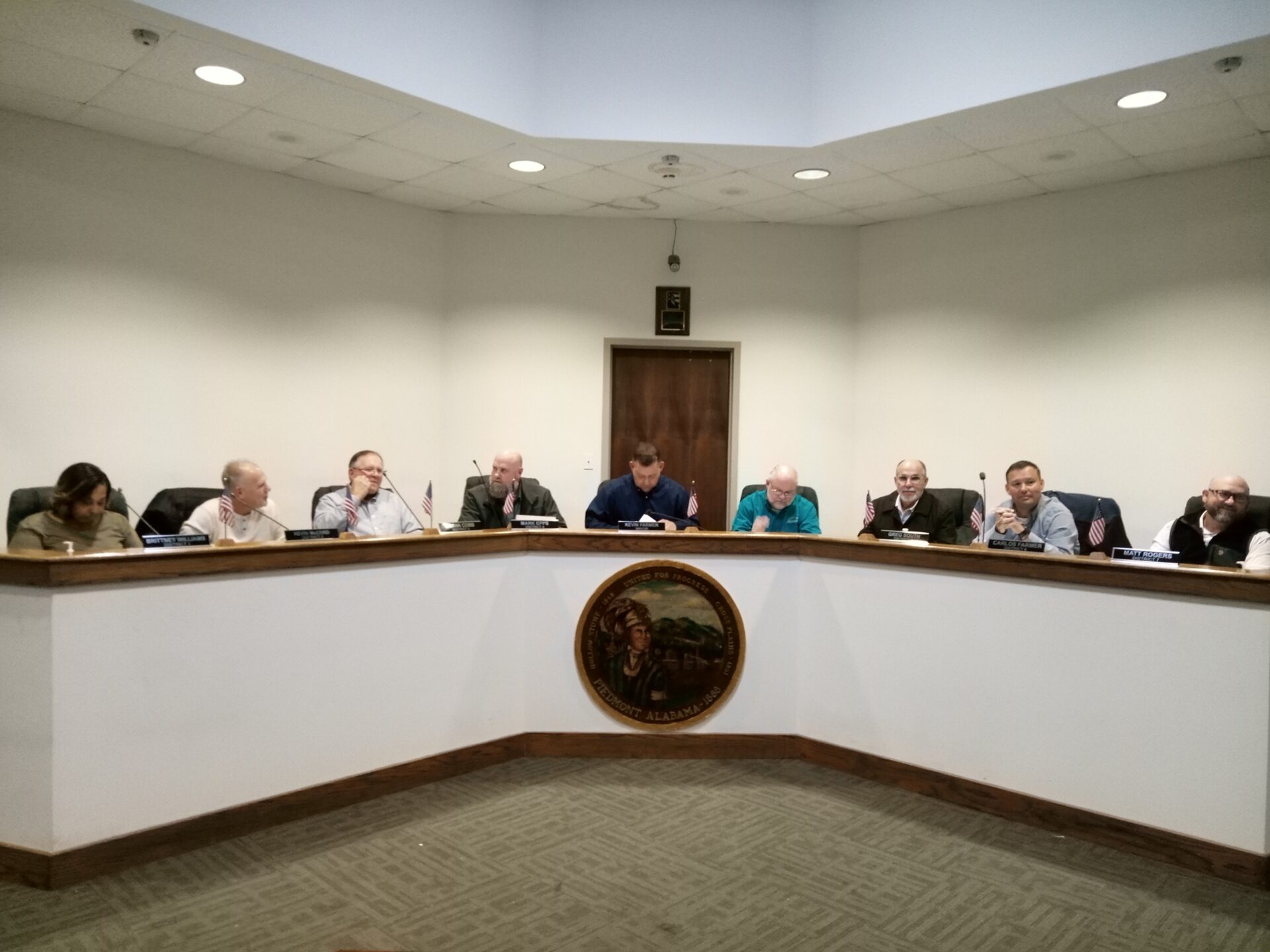
(NEW YORK) — President Donald Trump over the weekend vowed to provide each American a $2,000 dividend to be distributed from what he said was tariff revenue.
“A dividend of at least $2000 a person (not including high income people!) will be paid to everyone,” the president wrote on social media Sunday, in part.
Within hours, however, Treasury Secretary Scott Bessent cast doubt on the plan, saying the payout could merely refer to tax savings enshrined by Trump’s signature domestic spending measure.
A tariff dividend may come “in lots of forms,” Bessent told ABC News’ “This Week” on Sunday, adding that he had not spoken with Trump about the proposal.
The idea of a potential tariff dividend – reminiscent of pandemic-era stimulus checks – has raised questions about who would qualify and what to make of the Trump administration’s mixed signals about the proposal. Some economists questioned whether the dividend is achievable with available tariff funds.
Here’s what to know about the proposed $2,000 tariff dividends.
What is a dividend?
The term “dividend” typically describes a payout to individual shareholders, funded by a company’s profits.
In this case, the concept functions in a similar fashion, indicating payouts to Americans that are funded by tax raised by Trump’s far-reaching tariffs.
The proposal mirrors the three stimulus checks mailed to Americans during the pandemic, two of which were authorized by Trump. Those three payments totaled as much as $3,200 per tax filer, as well as $2,500 per child, according to the Pandemic Response Accountability Committee, a watchdog established by Congress.
What did Trump say about a potential $2,000 tariff dividend?
Trump announced the policy proposal in a brief message on social media on Sunday morning, focused on tariff-related tax revenue.
“People that are against Tariffs are FOOLS! We are now the Richest, Most Respected Country In the World, With Almost No Inflation, and A Record Stock Market Price. 401k’s are Highest EVER,” the president wrote. “A dividend of at least $2000 a person (not including high income people!) will be paid to everyone.”
The message did not specify who would qualify for the payout or how the policy would operate.
Who would qualify for the $2,000 dividend?
It is not clear who would qualify for the payout, though Trump said the measure would exclude “high income people.”
The pandemic-era stimulus checks enacted by Trump were made available to individuals bringing in as much as $75,000 per year and couples earning up to $150,000. Beyond those benchmarks, higher earners were eligible for smaller payments.
Last year, median U.S. household income was $83,730, the Census Bureau found.
Did Treasury Secretary Scott Bessent cast doubt on the dividend checks?
Hours after Trump’s announcement, Treasury Secretary Bessent appeared to throw cold water on the likelihood of tariff-related dividend checks.
On Sunday, Bessent suggested the $2,000 savings may instead be rooted in tax cuts previously enshrined by Trump’s One Big Beautiful Bill legislation, which he signed into law on July 4.
“It could be just the tax decreases that we are seeing on the president’s agenda. No tax on tips, no tax on overtime, no tax on Social Security, deductibility on auto loans. Those are substantial deductions that are being financed in the tax bill,” Bessent told ABC News’ “This Week” Sunday.
“The real goal of tariffs is to rebalance trade and make it more fair,” Bessent added.
The dueling remarks from Trump and Bessent come days after the Supreme Court heard arguments about whether a president has the constitutional authority to unilaterally levy tariffs. Arguing on behalf of the Trump administration, Solicitor General John Sauer downplayed the revenue-raising component of the policy, saying the tariffs do not encroach upon the taxing power afforded to Congress under the Constitution.
“The fact that [the tariffs] raise revenue is only incidental,” Sauer told the justices.
Has the U.S. raised enough tariff revenue to fund $2,000 checks?
If Trump were to make the dividend payments available to anyone earning $100,000 or less, the policy would reach about 150 million Americans, amounting to roughly $300 billion in dividends, Erica York, a policy expert at the Tax Foundation, said in a post on X.
As of Sept. 30, the federal government had generated $195 billion in tariff-related revenue, according to the Treasury Department.
By that math, the estimated $300 billion cost of the dividend check proposal would far exceed the amount of currently available tariff revenue.
When factoring in only revenue generated by Trump’s new levies and deducting some negative budgetary impact from those policies, York estimated net tariff revenues of only $90 billion, falling even shorter of the $300 billion required.
Moreover, depending on how the Supreme Court may rule regarding Trump’s legal authority to levy tariffs, the White House may be forced to return tens of billions of dollars in revenue to importers who paid the tax, the Committee for a Responsible Federal Budget found.
In theory, however, the Trump administration could promise to pay the dividend from anticipated tariff revenue. The Treasury Department has forecast $3 trillion in tariff revenue over the next decade. Should the Trump administration choose that route, the dividend payments would add the federal debt, which currently stands at over $38 trillion, according to the Treasury Department.
Copyright © 2025, ABC Audio. All rights reserved.


